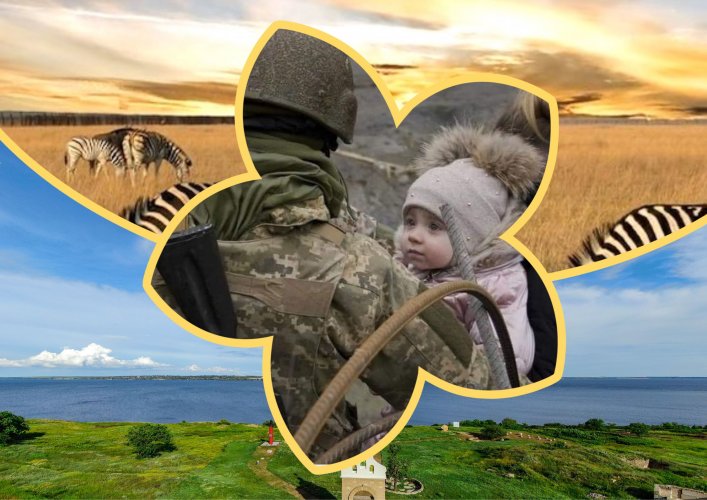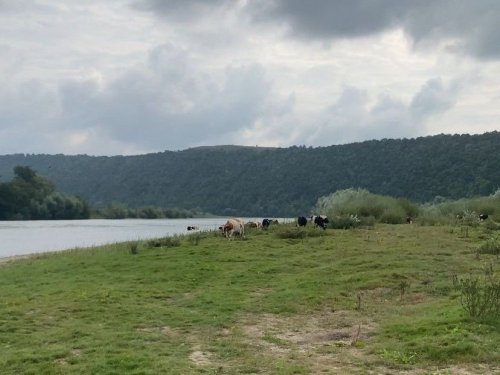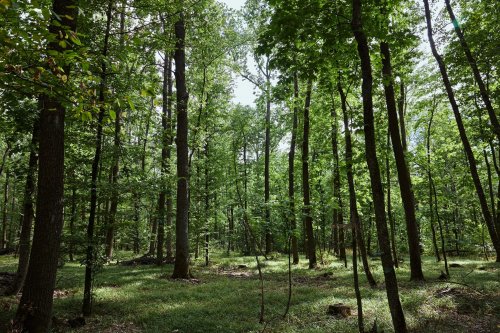Russian invaders have no respect for wildlife. Since 2014, Ramsar sites "Kryva Zatoka and Kryva Kosa" in Donbass and "Cape Opuk Water-Coast Complex" in Crimea have been constantly used by the occupied for military exercises. According to the Ministry of Environmental Protection and Natural Resources, more than 20 nature and biosphere reserves and national parks have been affected since the beginning of the active phase of Russian aggression.
EcoPolitica found out what damage the Russian army has caused to the Ukrainian wildlife in the last 11 days, and which protected areas have suffered the most.
The Ministry of Environmental Protection has estimated that till March 1, 2022, the aggressor is conducting hostilities on the territory of 900 objects of the nature reserve fund with an area of 12,406.6 sq. Km (1.24 million hectares). It`s about a third part of the total area of the nature reserve fund of Ukraine. About 200 territories of the Emerald Network with an area of 2.9 million hectares are under threat of destruction.
Oleksandr Krasnolutskyi, Deputy Minister of Environmental Protection, in an exclusive comment to EcoPolitics tells that the central government is currently in contact with all administrations of protected areas. According to official data, the fighting most of all affected the Hetman National Nature Park near Okhtyrka in the Sumy region, the Priazovsky National Nature Park in the Zaporizhia region and the Meotida Nature Park in the Donetsk region.
"It's good that the weather is cold with high humidity now, so there are almost no fires and the forest suffers less. - says Krasnolutsky. - But you understand, now spring is beginning. The fighting is going on where migratory birds have stopped for the winter. We don't know what will happen to these birds".
According to the Deputy Minister, if possible, they record all losses, document damage to research centers and equipment. But it is not possible to fully inspect the protected areas yet. Even if active hostilities ceased in the nature park, it can be dangerous for workers to move deep into the territory:
"More detailed damage to biodiversity can be assessed when the active phase of hostilities ends. - says Krasnolutsky. - Now we ask park workers not to inspect the territory on their own. Somewhere there may be an unexploded ordnance, somewhere there may be stretch marks. When the war is over, demining will be required. And at the current stage, the main thing is to save people's lives".
As for the employees of protected areas, according to the Deputy Minister, fortunately they are all alive today and mostly healthy:
“There was a single incident with the director of the Kamyanska Sich National Park. He did not communicate with us for three days. The occupiers captured him. Now he is free, a little "broken", but he says that everything will be fine".
The most difficult situation have the staff of NPP "Meotida". Park workers are cut off from other people, they are not provided with a humanitarian corridor. Water and food are ending now.
The Askania-Nova Nature Reserve is also worth mentioning. Some of the animals in it are in semi-free conditions, so they need food. This nature reserve has been under occupation since the first hours of the war, so it is cut off from supplies. But thanks to volunteers, they managed to provide food for the animals.
As a rule, enemy troops move by roads, and there are no roads in the depths of protected areas. Therefore, wildlife does not suffer so much from the movement of military equipment. However, some nature reserves have come under fire from enemy artillery, which is causing irreparable damage to natural ecosystems. It is still difficult to say for sure how the fate of the protected areas, which were in the zone of active hostilities, will turn out after the war. Probably, some sites will no longer be able to perform their functions. There is also a risk of extinction of some Red Book species of plants and animals. It is simply impossible to compensate this.





